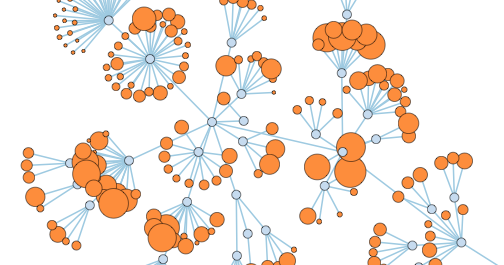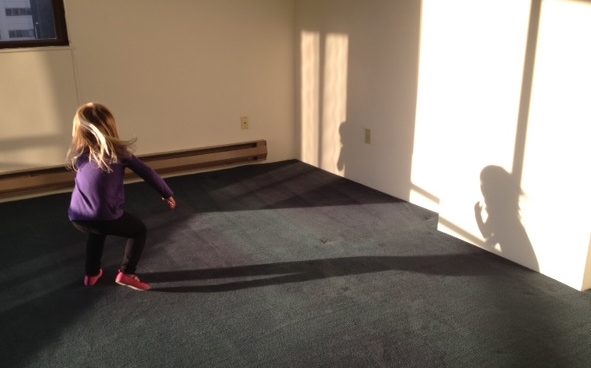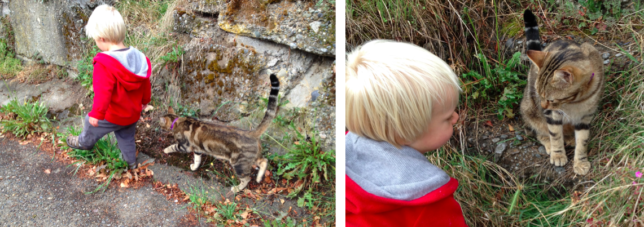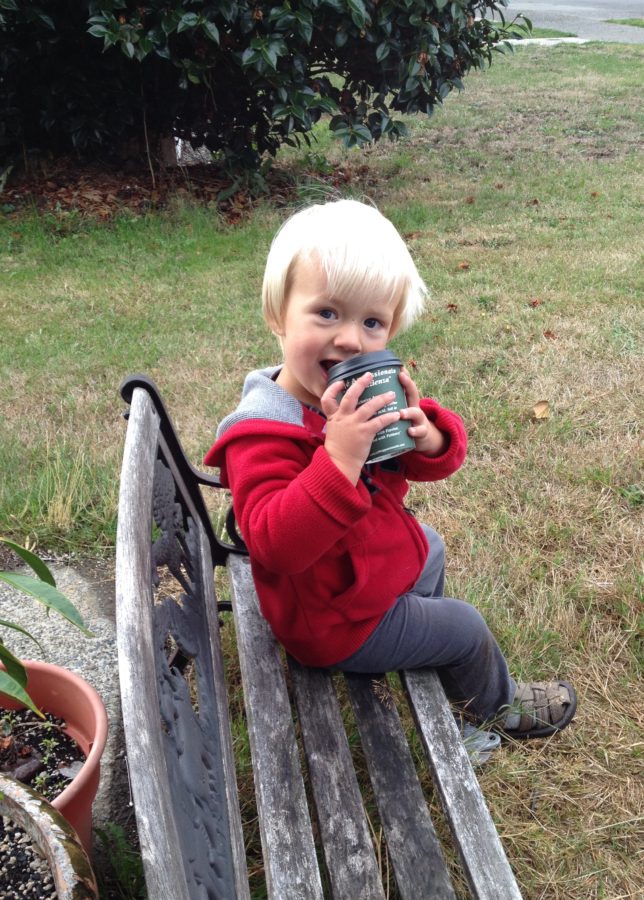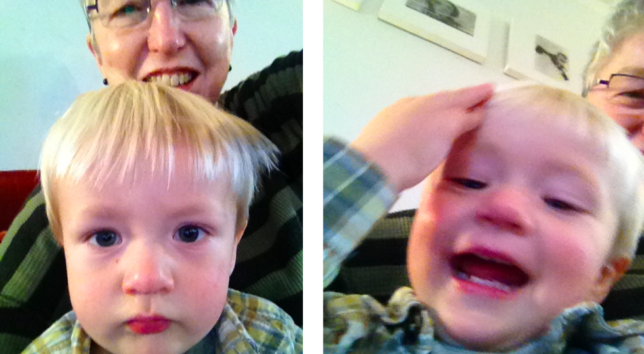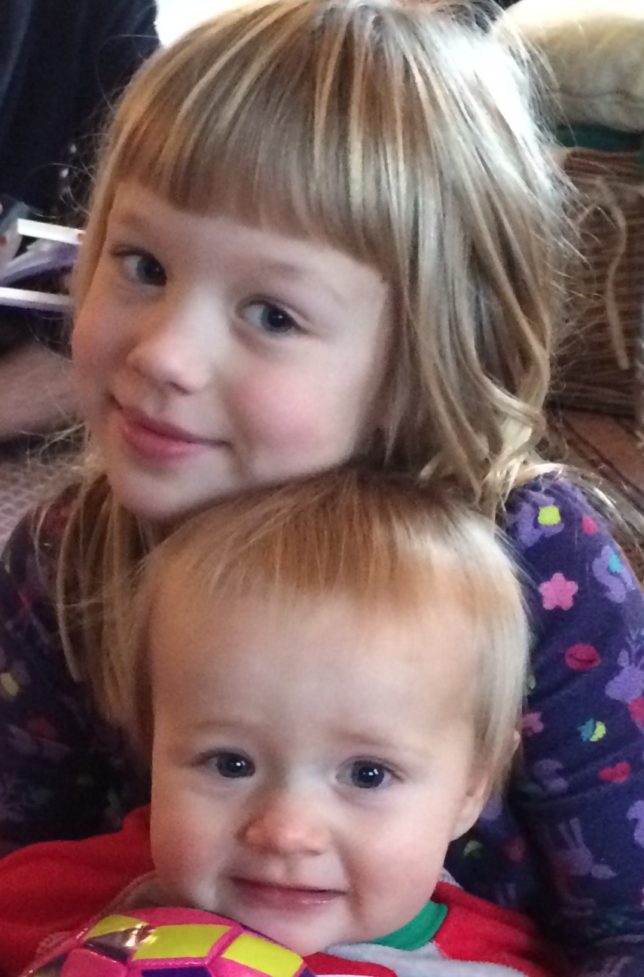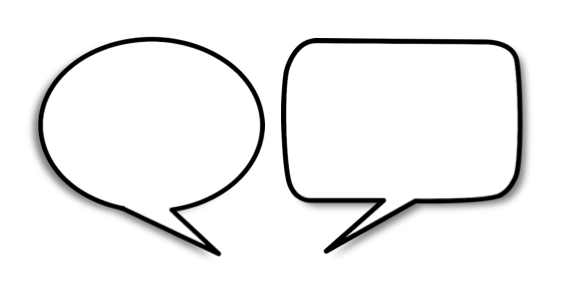
One thing Penny U1 made clear to me is that many of us want to be active in new ways, or, if we’re already active, we’re ready now to step up our game, to build toward something bigger. It’s also clear that there is not just one way, not just one cause to fight for. Many spheres of action emerged from our first post-election Penny U conversation and were discussed at the second. There is so much to do. It’s easy to feel numb or even helpless when the need for action comes from so many directions.
In his Penny U kick-off talk, Congressman Jim McDermott suggested that J.R.R. Tolkien’s words might be helpful:
It is not our part to master all the tides of the world, but to do what is in us for the succor of those years wherein we are set, uprooting the evil in the fields that we know, so that those who live after may have clean earth to till.”
Even with this, though, finding a specific focus for our own energy can be difficult, and it can be further complicated when, at the same time, we long for a cohesive movement. In fact, building such a movement was one of the topics raised at Penny U. Don’t we need to begin developing a unified voice? How would we even do that?
For me, “unified” too often means singular, expressed as a desire for the kind of impact that can come from a powerful single voice. But I’m not convinced that a single voice is what we need. A better image is of many voices together, a choir or a chorus. Which reminds me that for years I’ve been bothered when I hear the disparaging critique of the phrase, “You’re just speaking to the choir!” In fact, that mindset should change. Instead, we should work to expand the choir, join new choirs, welcome different voices in our own, combine choirs, allow for differences. Dissonance is part of powerful music.
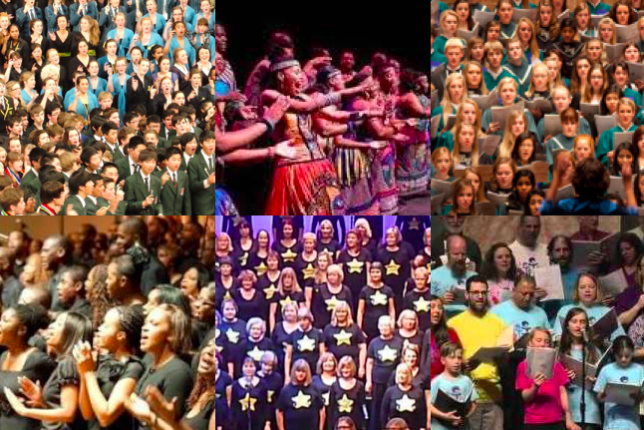
Can’t we instead create a choir that incorporates the strength of our differences as well as what we share? I like a term I heard first from Robert Reich, who used it when he spoke at Town Hall in late 2015. We must create, he said, a “countervailing force.”
A countervailing force. Before I learned the history of its use, the term conjured up something bigger than a single voice and much more powerful. A “force” can have many attributes, with eddies and surges like a raging river or a giant surging wave. If I had the graphic skills of some of my friends, I’d create a fearsome wave, perhaps like the Great Wave of Hokusai2, and it would be made up of many choirs, both secular and sacred, of people young and old, urban and rural, and of many races. For now, you’ll just have to imagine it. This is the force to strive for.
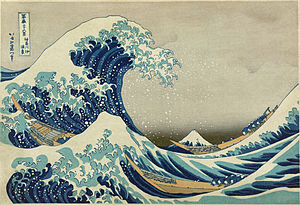
«•»
To provide a bit of history, “countervailing force” appears primarily in discussions of the political economy. “The Concept of Countervailing Power” is, for instance, the subtitle of a 1952 book by economist John Kenneth Galbraith.3 Two quotes from Robert Reich, in a book he dedicated to Galbraith’s memory,4 show something of the way it’s used:
Between the 1930s and late 1970s, centers of countervailing power enabled America’s middle and lower-middle classes to exert their own influence – labor unions, small businesses, small investors, and political parties anchored at the local and state levels. This countervailing force has withered in more recent decades.”
And . . .
The only way to reverse course is for the vast majority who now lack influence over the rules of the game to become organized and unified, in order to re-establish the countervailing power that was the key to widespread prosperity five decades ago.”
I also like the way philosopher/activist Cornel West used it:
“The only countervailing force against organized money at the top is organized people at the bottom.”
«•»
I woke up after the second post-election Penny U wondering what I can contribute to strengthening a countervailing force. This force will necessarily consist of many separate efforts. At the same time, as we all find specific places to direct our energy, it will be important to be aware of each other, to understand how big our choir really is, to learn from each other, and to be connected on occasion . . . agreeing and disagreeing, benefiting from what my friend Peter Pennekamp has called “the dynamics of difference” – that is, working constructively across differences to find new solutions and new power.
««««««•»»»»»»
Photo notes
The banner image of waves comes from How-to-Geek <howtogeek.com>, “Ocean Waves Wallpaper Collection.”
Choir images here are details from images found online. I’m grateful to all the photographers.
References
1 This use of “Penny U” refers to two post-election conversations at Town Hall Seattle. Reports on both are posted on this site here, here, and here. A description of Penny U and its basic assumptions can be found here.
2 “The Great Wave off Kanagawa” by Katsushika Hokusai, color woodblock, 1830–1833. Many impressions have been made of this print. This print is in the Library of Congress. The image of it here is from Wikipedia.
3 John Kenneth Galbraith, American Capitalism: The Concept of Countervailing Power, 1952.
4 Robert B. Reich, Saving Capitalism for the Many, Not the Few, Alfred A. Knopf, 2015.
![]()
